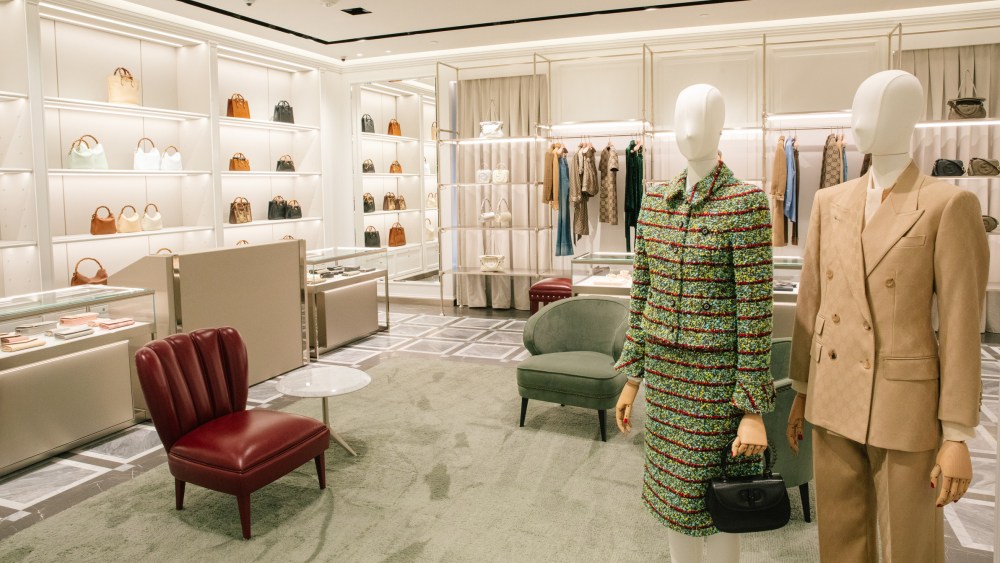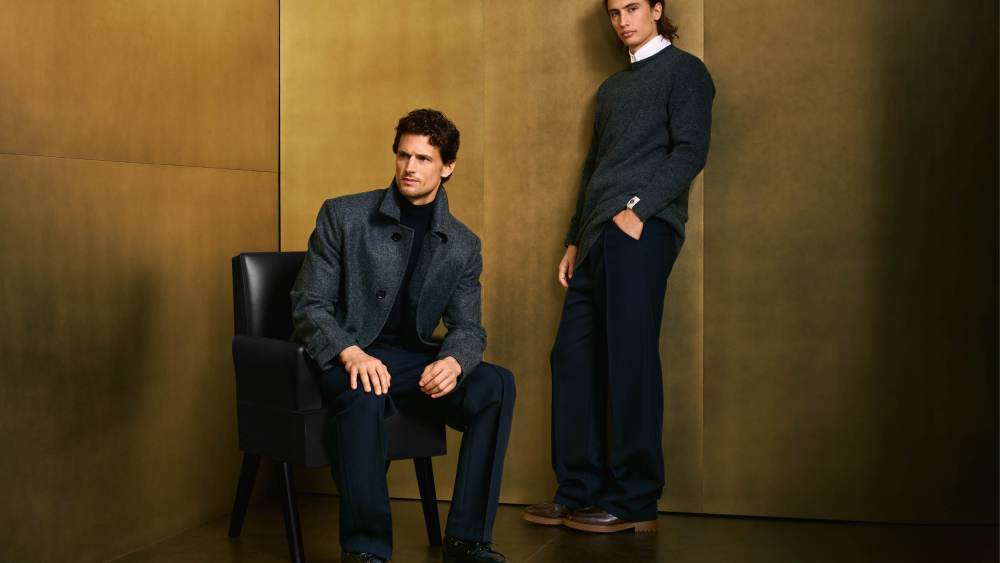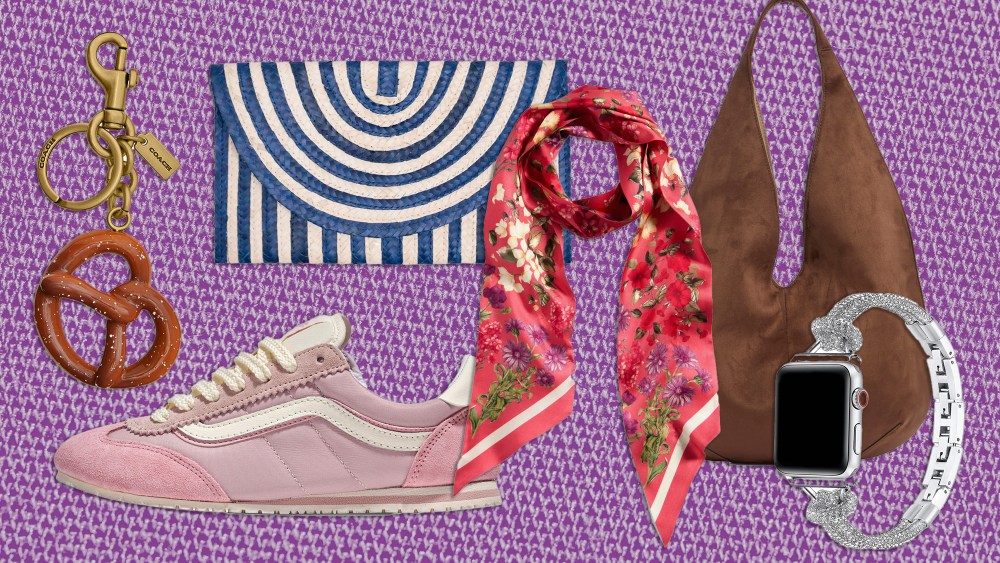After years of rumors, back-and-forth talks and a rush of creative fundraising, Richard Baker got his deal to buy Neiman Marcus for $2.65 billion this month.
But before he can close and combine Neiman’s with Saks Fifth Avenue to form Saks Global, he has to get the transaction past one more obstacle — the Federal Trade Commission.
And Baker’s hard-fought deal for Neiman’s has come together just as FTC regulators have sharpened their focus on corporate dealmaking and fashion, where Tapestry Inc. is now fighting to keep alive its $8.5 billion acquisition of Capri Holdings.
The combination of Saks and Neiman’s — particularly since it’s being funded in part by Amazon and Salesforce — promises to alter what’s left of the world of department store retailing.
You May Also Like
“Department stores are a 19th-century phenomenon struggling to survive in the 21st,” said Susan Scafidi, founder and director of the Fashion Law Institute at Fordham Law School. “Acquisition by Saks may be the best way for Neiman’s to avoid joining the B-list of luxury retailers that have disappeared over the past decades, including Barneys, Henri Bendel and Bonwit Teller.”
Even so, regulators are expected to take a hard look at the deal.
“The fading sepia tint of the department store business model, however, does not exempt the sector from antitrust oversight,” Scafidi said. “Antitrust enforcement is an FTC priority at the moment, and a key lesson of the legal challenge to the proposed Tapestry-Capri merger is that the agency is inclined to define relevant market sector very narrowly.
“If Neiman’s and Saks are arguably the only two truly luxury brick-and-mortar department stores left standing, even in a weakened state, the deal is likely to face significant skepticism,” she said.
An Expected Second Request
Antitrust experts say regulators are likely to at least make a “second request” for more information on the Saks-Neiman’s deal — an exacting process that can take anywhere from eight months to a year before the FTC will decide to let the acquisition close or to challenge it in court.
While a second request might have once been a remote concern, fashion and retail are now very much on Washington’s radar.
Tapestry signed its deal to buy Capri in August, received a second request for more information from the FTC in November and was then hit by a lawsuit seeking to stop the deal in April.
The Tapestry-Capri case turns on the definition of the “accessible luxury” market — and would a deal that brought together Tapestry’s Coach and Kate Spade brands with Capri’s Michael Kors put the combined company in a position to dominate that market. (The combined company would also own the more luxury-oriented Versace, Jimmy Choo and Stuart Weitzman brands.)
Jeffrey Oliver, a partner at Baker Botts who earlier in his career was a staff attorney at the FTC’s Bureau of Competition, said regulators looking at the Tapestry-Capri transaction drew a “small circle” around the market of affordable luxury.
“That’s the playing field in which antitrust takes place,” Oliver said. “How big or small do you draw those circles? We call them markets, but they’re just kind of circles in which you decide these products are in.”
Everyone selling goods inside that circle are considered competitors. What that circle looks like in the case of Saks-Neiman’s is still anybody’s guess — outside the FTC — but market definition is not the only issue that antitrust experts are watching as regulators review the Neiman’s buyout.

“I would say the likelihood of a very extended investigation is very high, not only because you’ve got number-one and number-two luxury fashion retailers combining here, but also because you’ve got Amazon in the mix now,” Oliver said. “That absolutely complicates things, partly because it’s Amazon and there’s obviously no shortage of skepticism of Amazon’s intentions in the federal government, but also because it complicates the story as to why this deal should go forward.
“The deal was likely to get a second request even without Amazon’s participation,” he said. “But I think with Amazon’s participation, it’s virtually impossible to avoid.”
Regulating Retail
Although fashion deals have not faced many regulatory challenges in the recent past, retail is familiar territory for the FTC, which earlier this year sued to block Kroger Co.’s $24.6 billion acquisition of the Albertsons Cos. Inc. on anticompetitive grounds.
That case, bringing together two grocery store giants, might speak to a “need” while the combination of Saks and Neiman’s could look like the regulation of a “want,” but the government has the latitude to take all businesses seriously.
“I do worry that the transaction is going to look more like Kroger-Albertsons” when reviewed, said Jonathan Lazarow, antitrust lawyer and cochair of Ambrose, Mills & Lazarow’s Corporate Group.
“You might say, ‘They’re savvy consumers, they’re rich,’ but who’s going to get hurt is the smaller emerging brands,” Lazarow said. “Do they have monopoly-like powers? Are they able to define the market? I think [the FTC is] going to come back and say, ‘Yes.’ To me, this is a significant issue that needs to be addressed and I don’t know how they’re going to do it. There’s only so many designers out there.”
Just as vendors will find themselves with fewer choices if Saks and Neiman’s merge, the retailers’ highly skilled luxury salespeople and other employees would likewise see their options narrow.
When it revealed the deal, the Baker-led HBC, which already owns Saks and plans to buy both Neiman’s and Bergdorf Goodman, said the deal would support both established and emerging brands.
“For over 100 years, Saks Fifth Avenue, Neiman Marcus and Bergdorf Goodman have been deeply committed to helping luxury consumers discover the latest fashion from established and emerging designers,” the statement said. “Through its improved ecommerce experience and well-located store fleet, Saks Global will help emerging and established brands reach their target customers.”
The company also said that the combination would “offer value and career development opportunities to employees.”
Darrell Prescott, an attorney and antitrust expert who has worked in the fashion industry for years, said: “Typically in retail, antitrust matters would be resolved by just selling off stores and locations where they are in close proximity or they compete with one another or overlap. I don’t think it’s going to be that simple here.”
Prescott said the FTC might choose to set aside the issue of market definition that is already being tested in the Tapestry-Capri case and pursue another challenge that “is based primarily on the elimination of competition between the two parties. That’s a judgment call to be made by the prosecutors.”
While there are so many things already changing in Washington — and much more could be on the way given the especially divisive presidential election cycle — the regulatory machinery is already awhirl and the authorities are expected to start looking into a Saks-Neiman’s combination before the election.
“In the end, this will not be a question of the discretion of whoever populates the antitrust division at [the Department of Justice] or the competition bureau at the FTC,” Prescott said, “but a question of what a federal court will do with the case and the law. Despite efforts to make new law and revive old law, the precedents have not changed greatly and they are still on the books and they’re still binding.”
Up until now, Baker’s dream of buying Neiman’s relied on financing and some dealmaking chops. If the FTC challenges the acquisition, it will rely on a judge.




